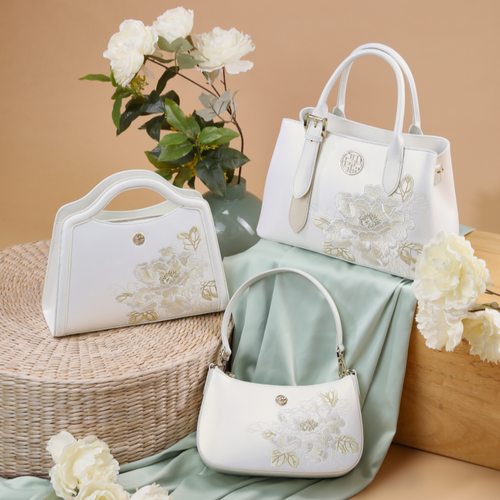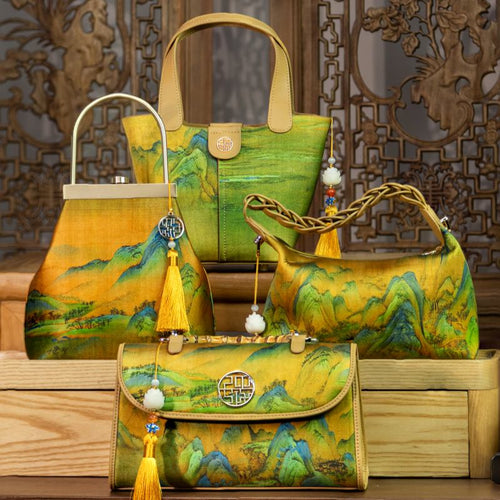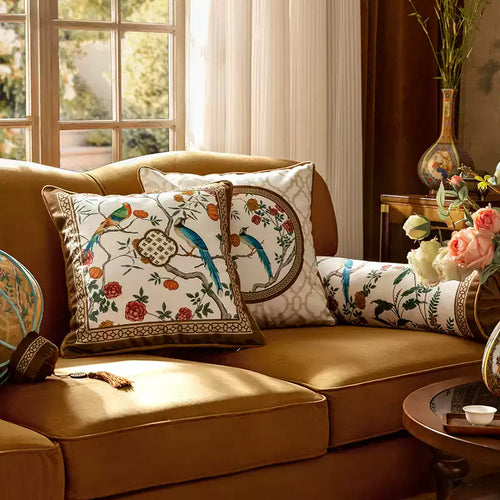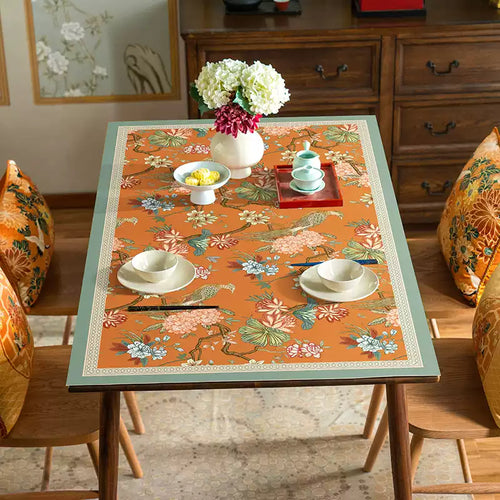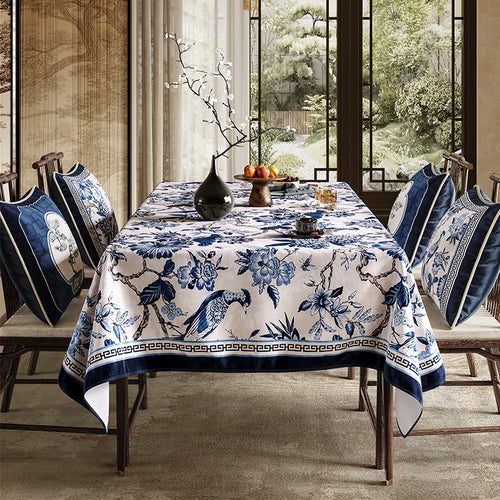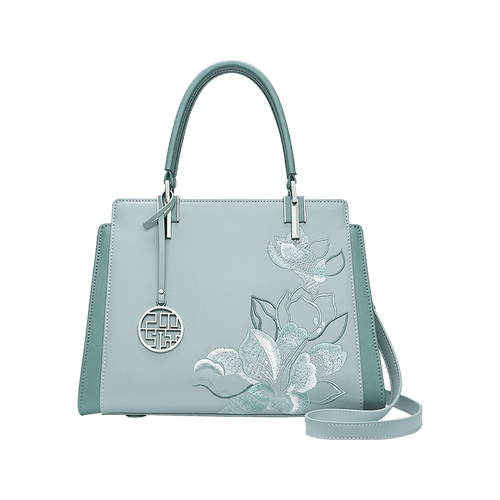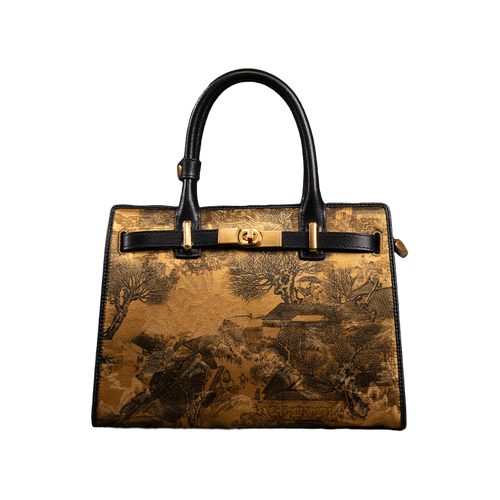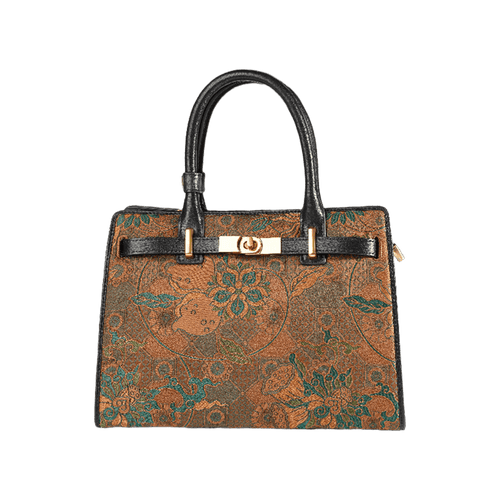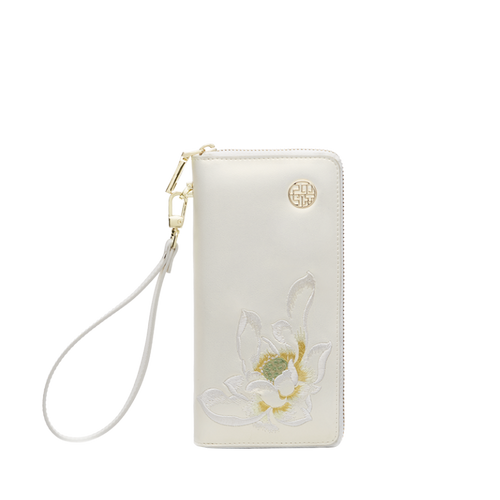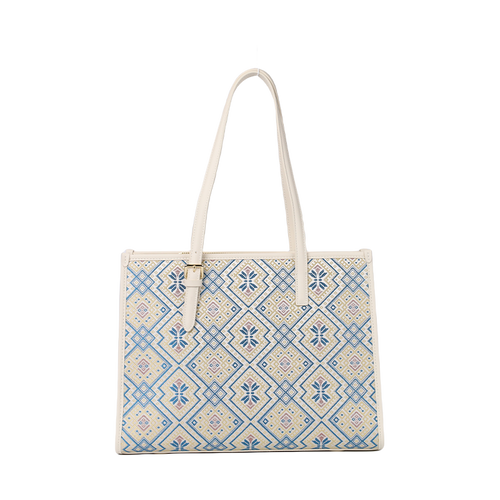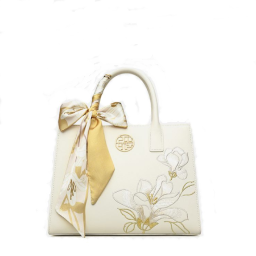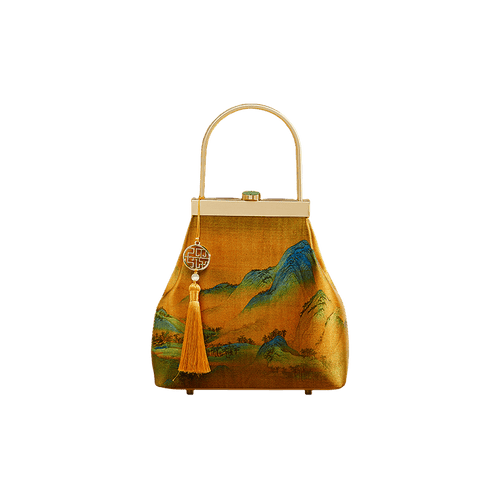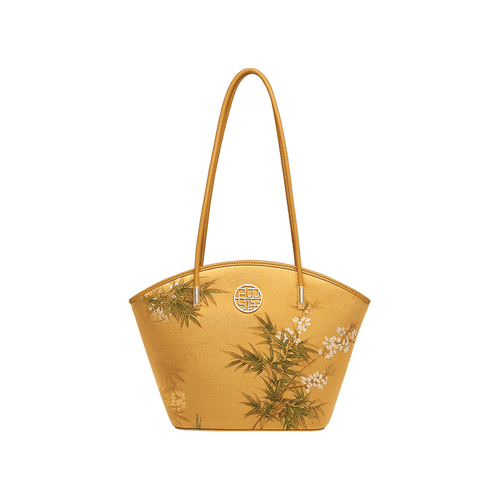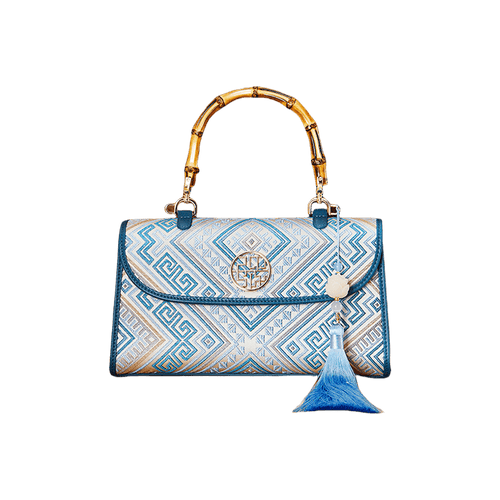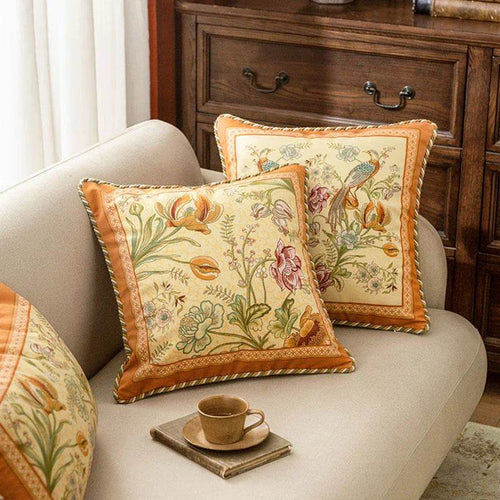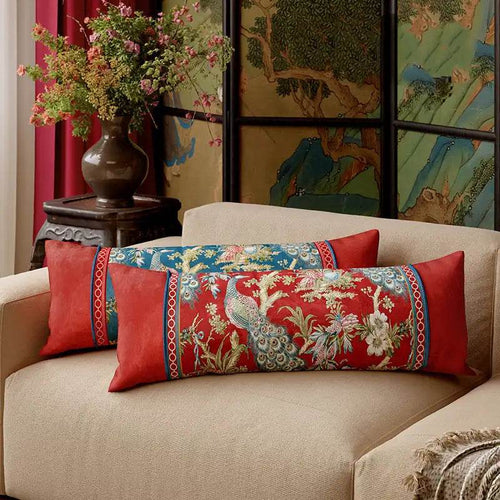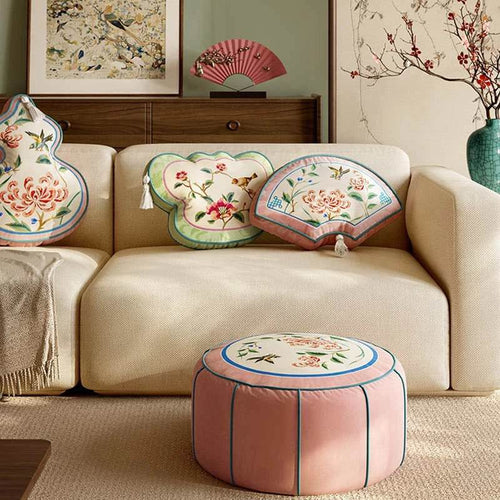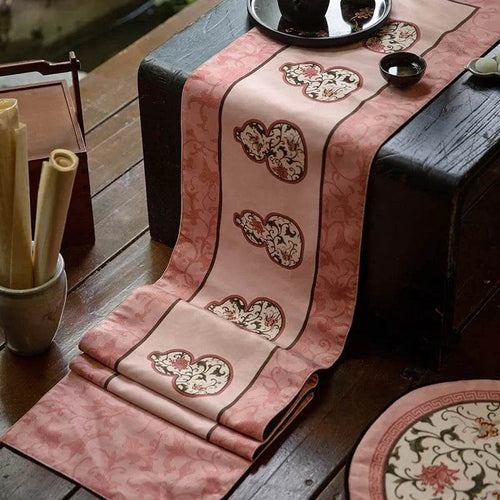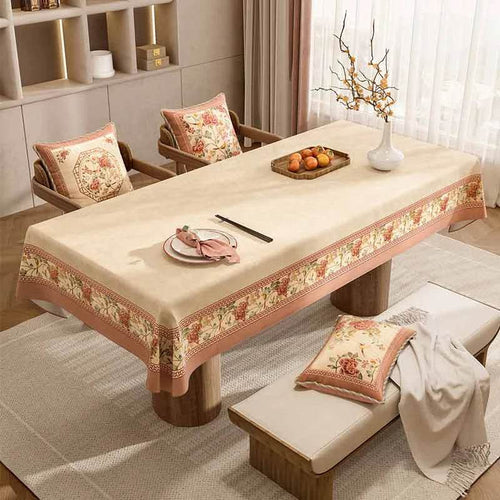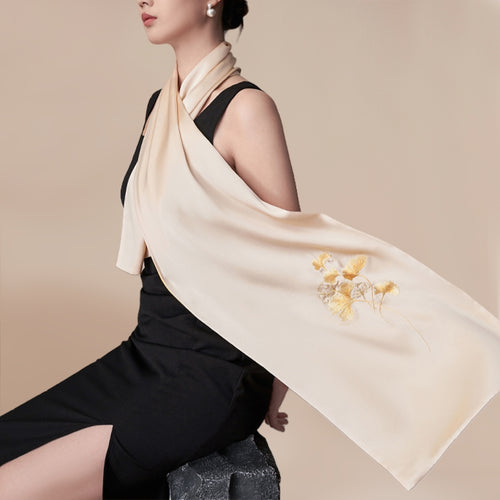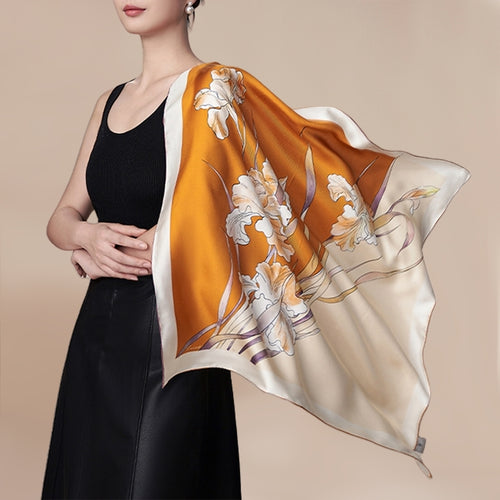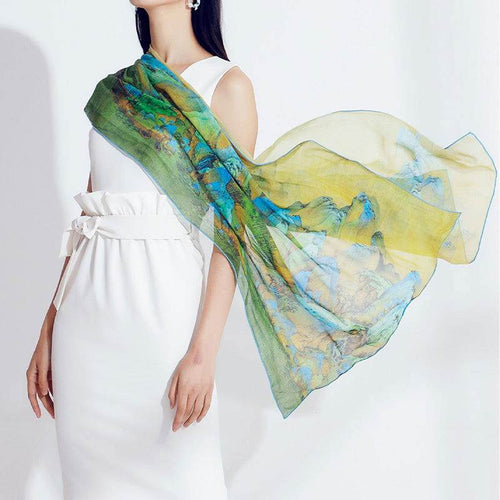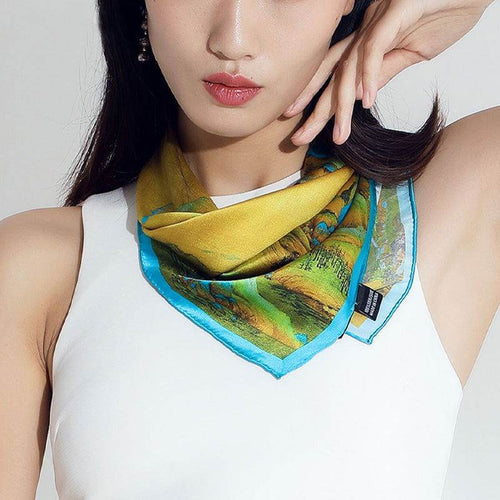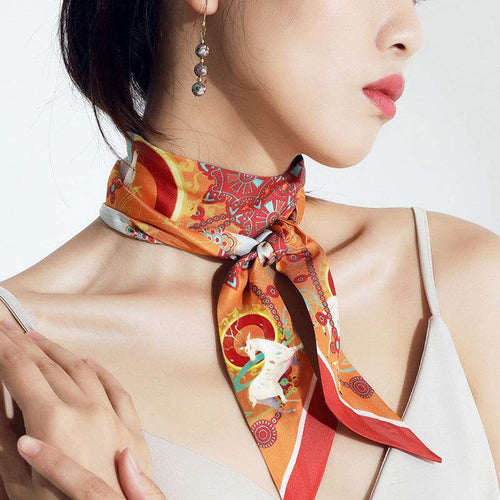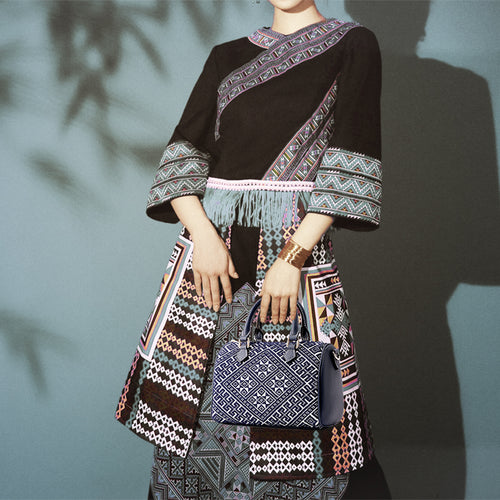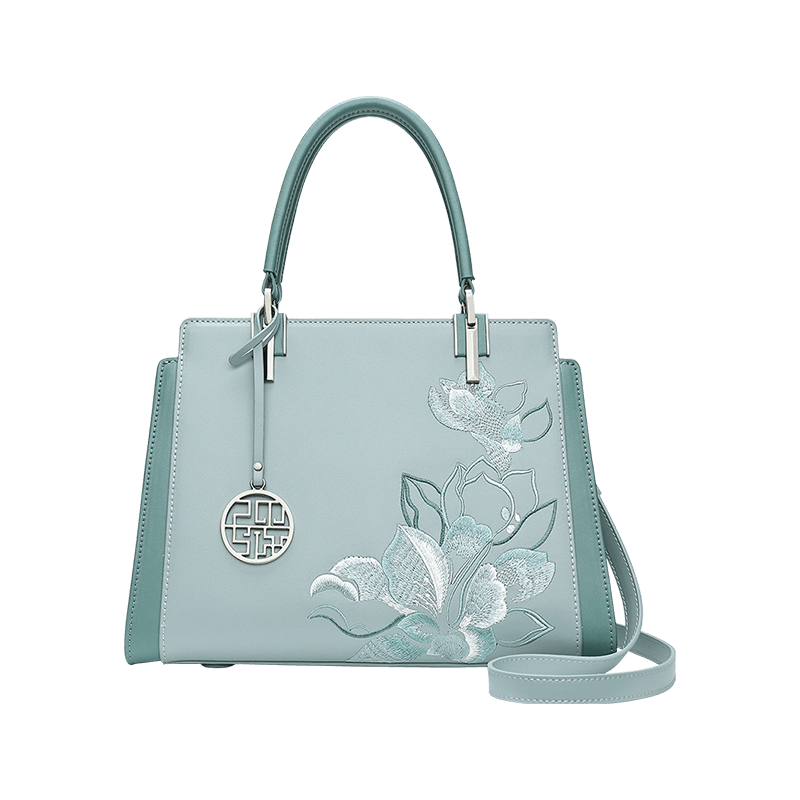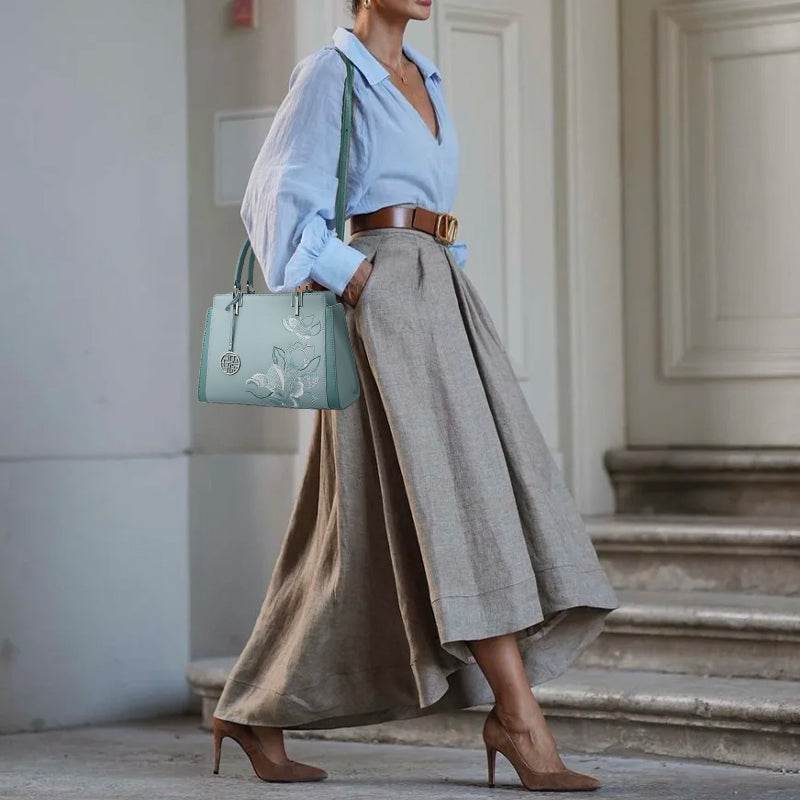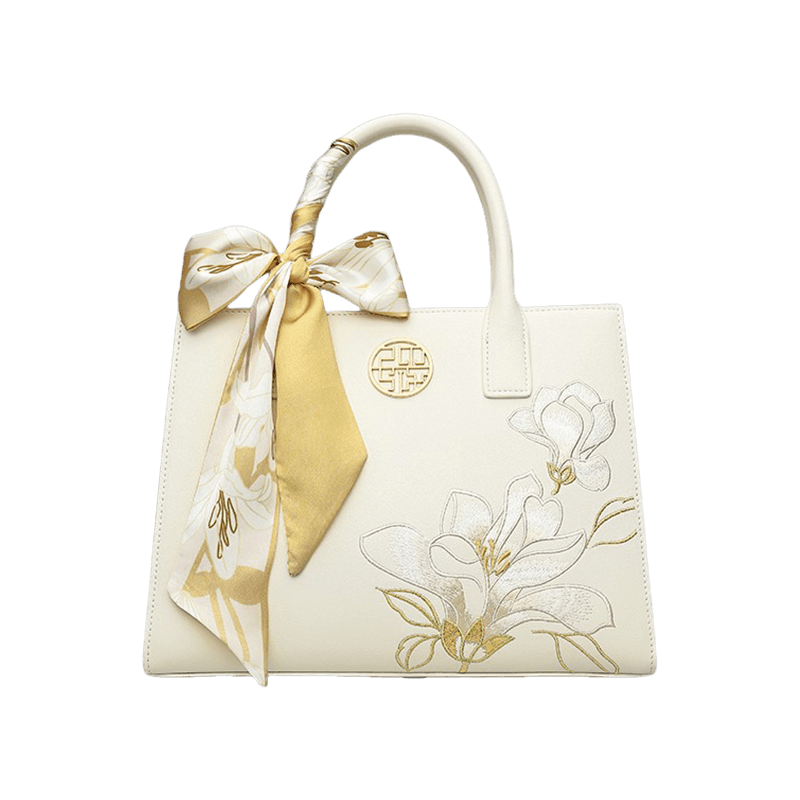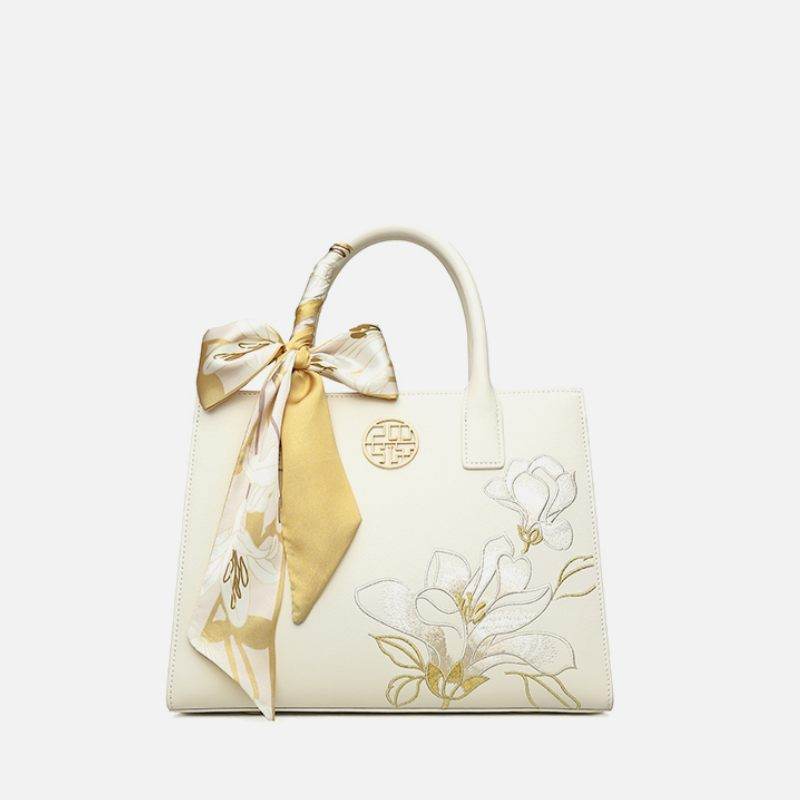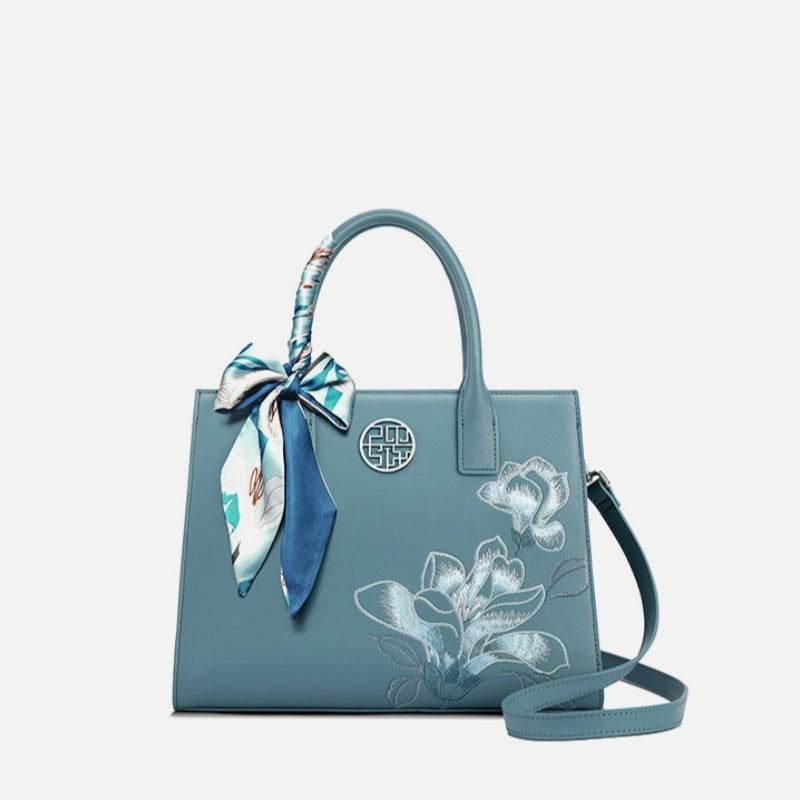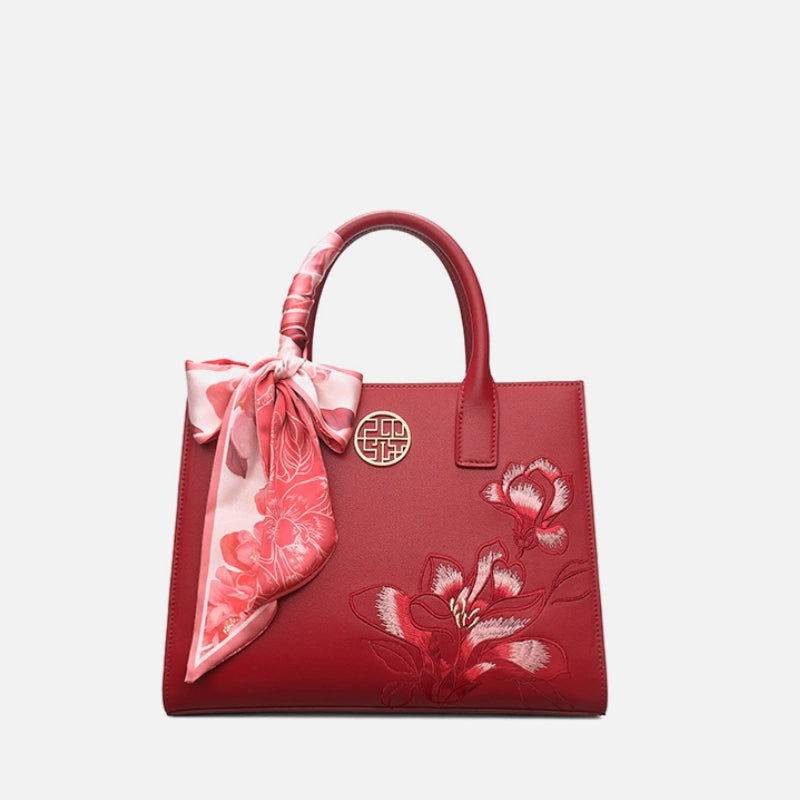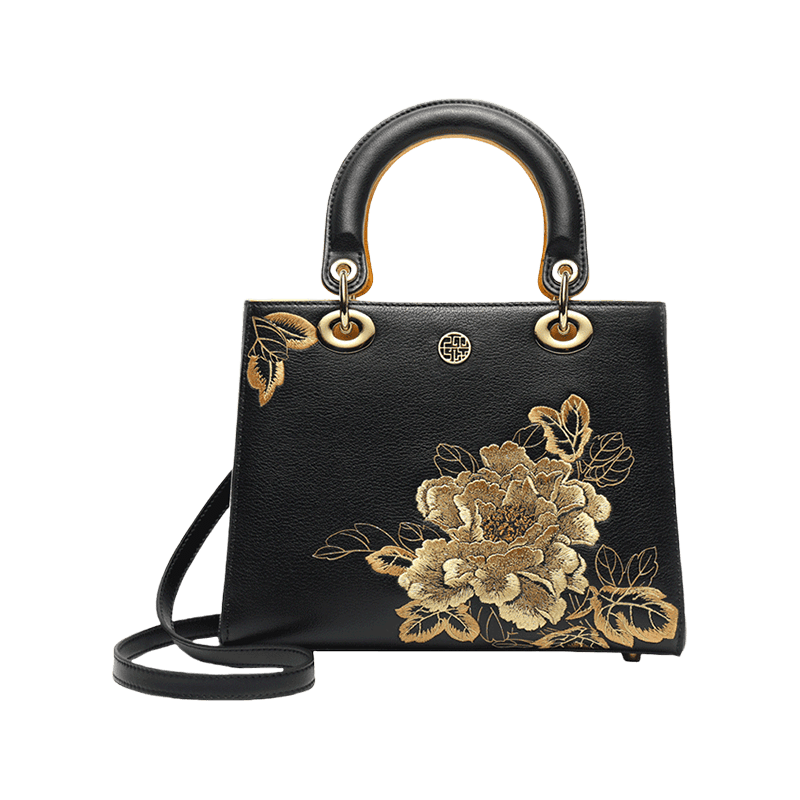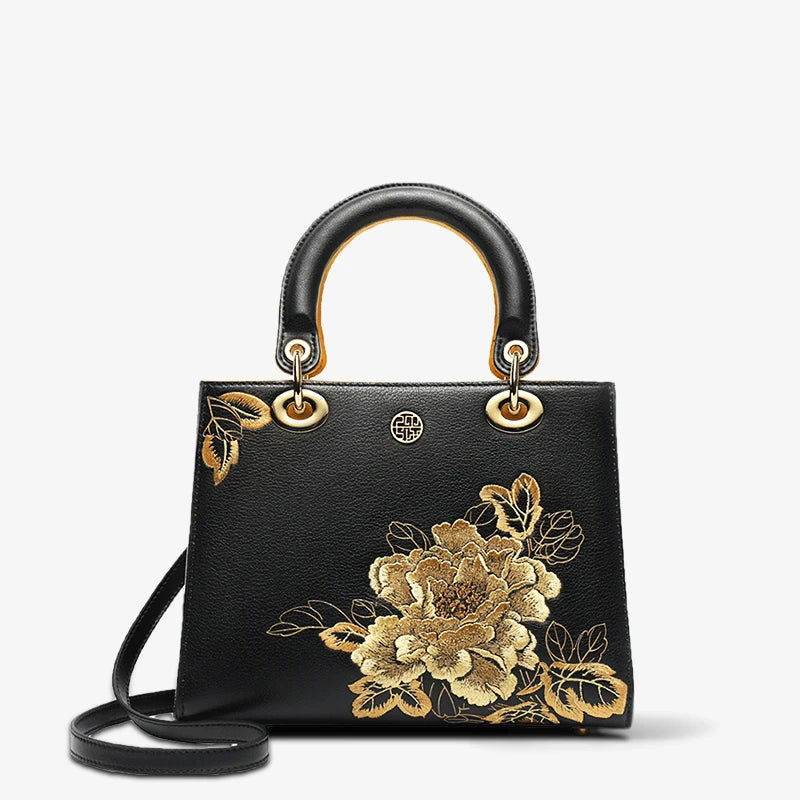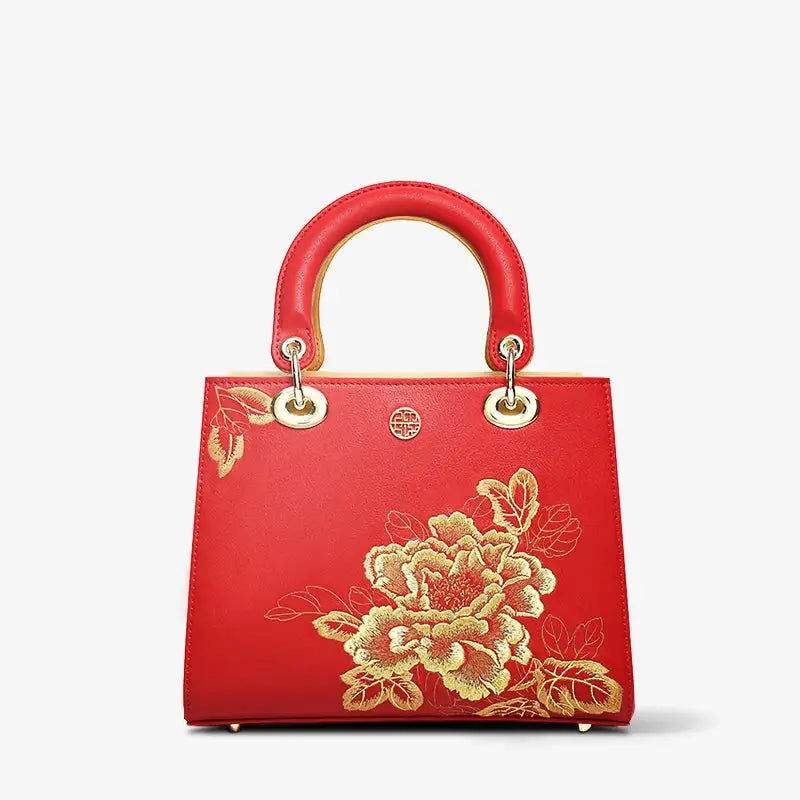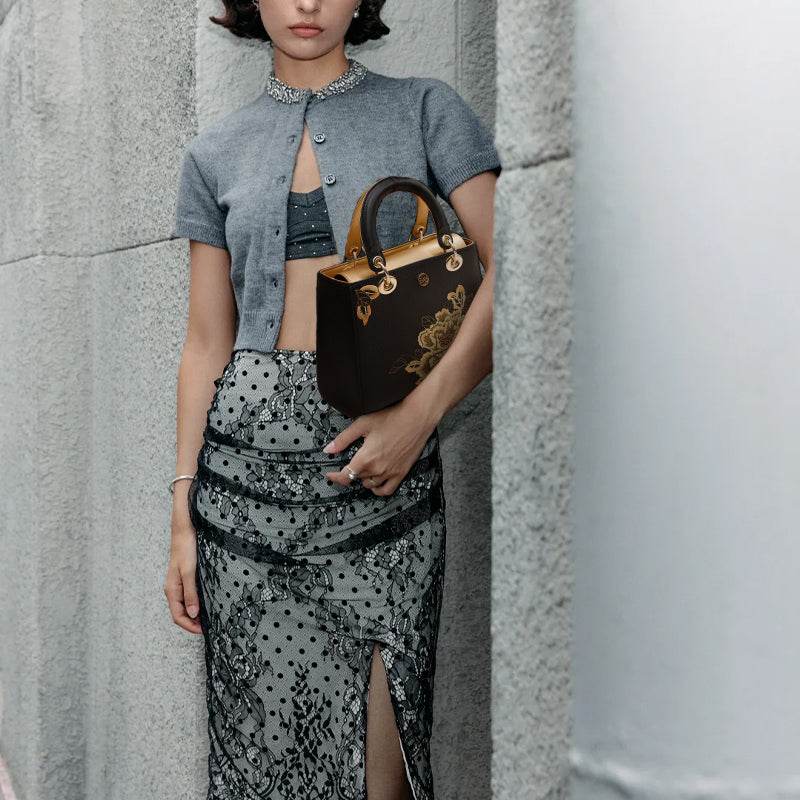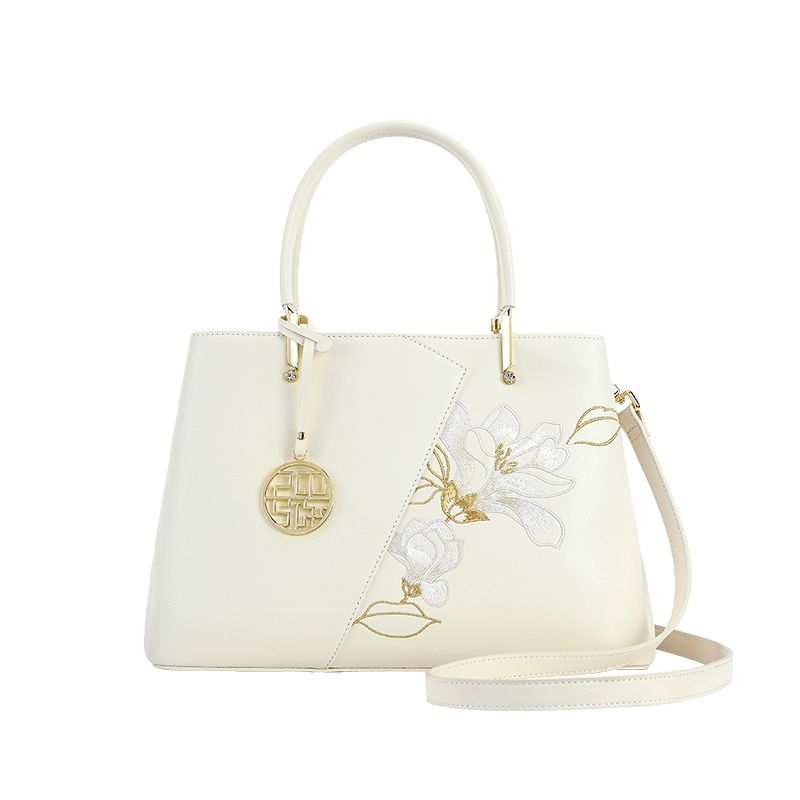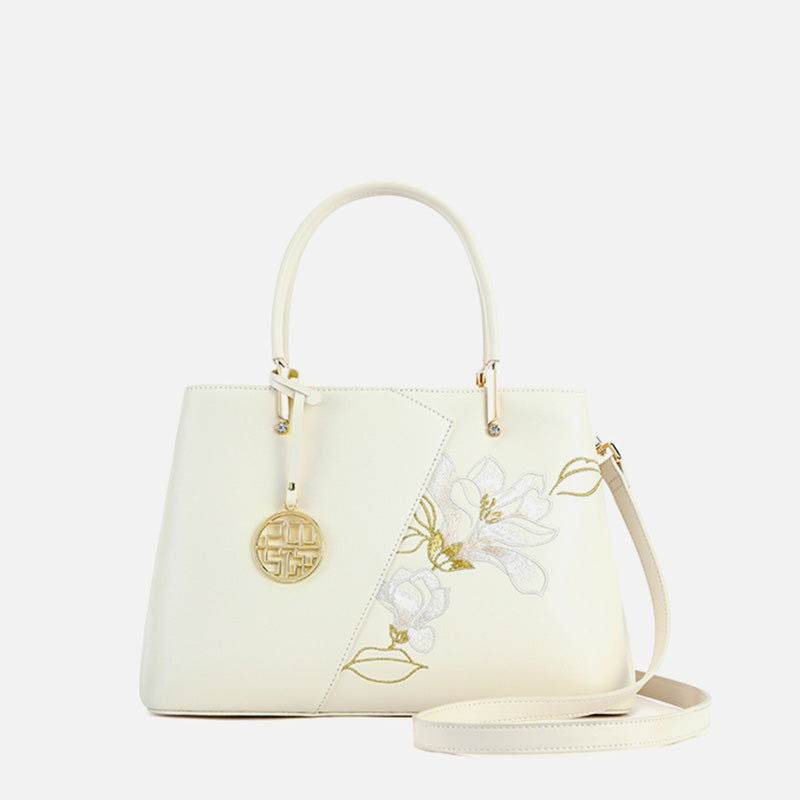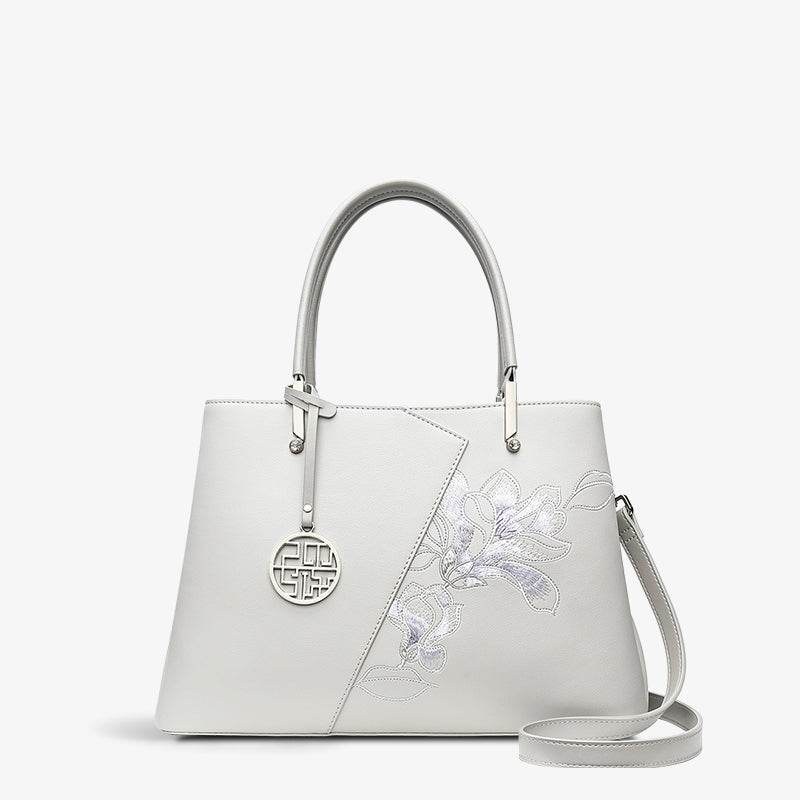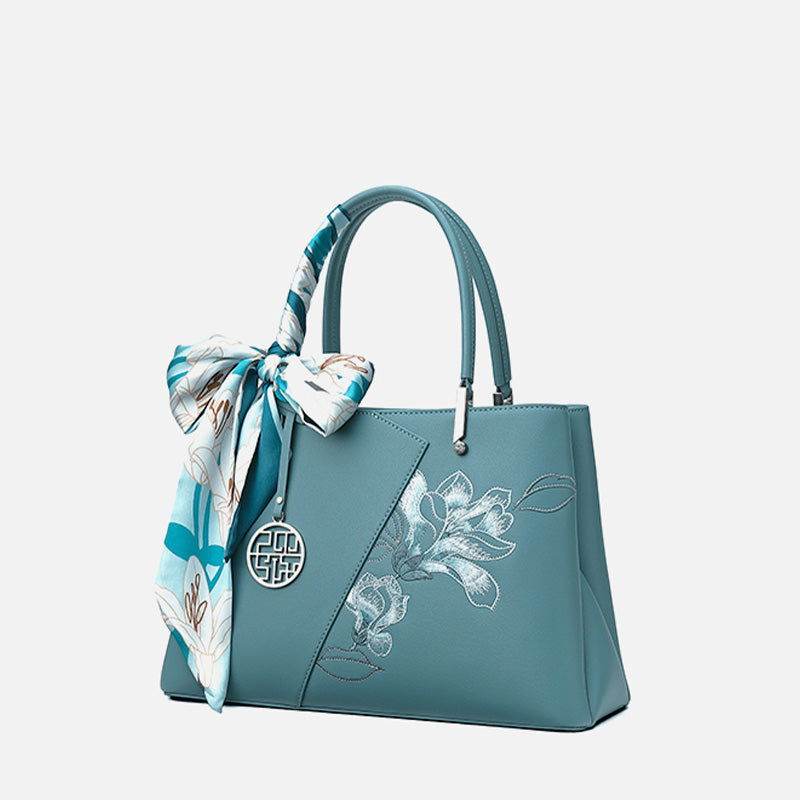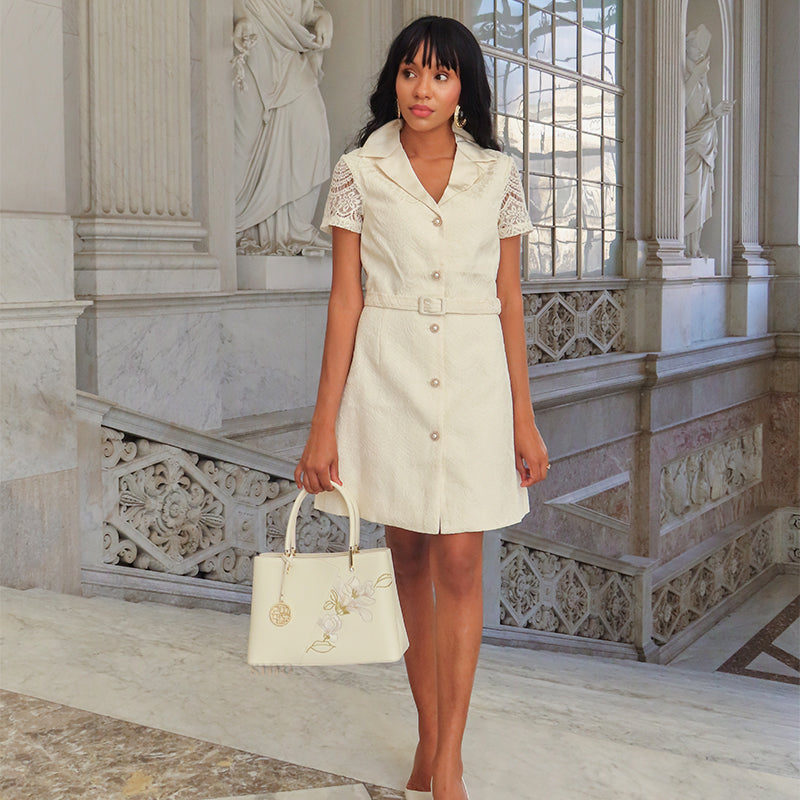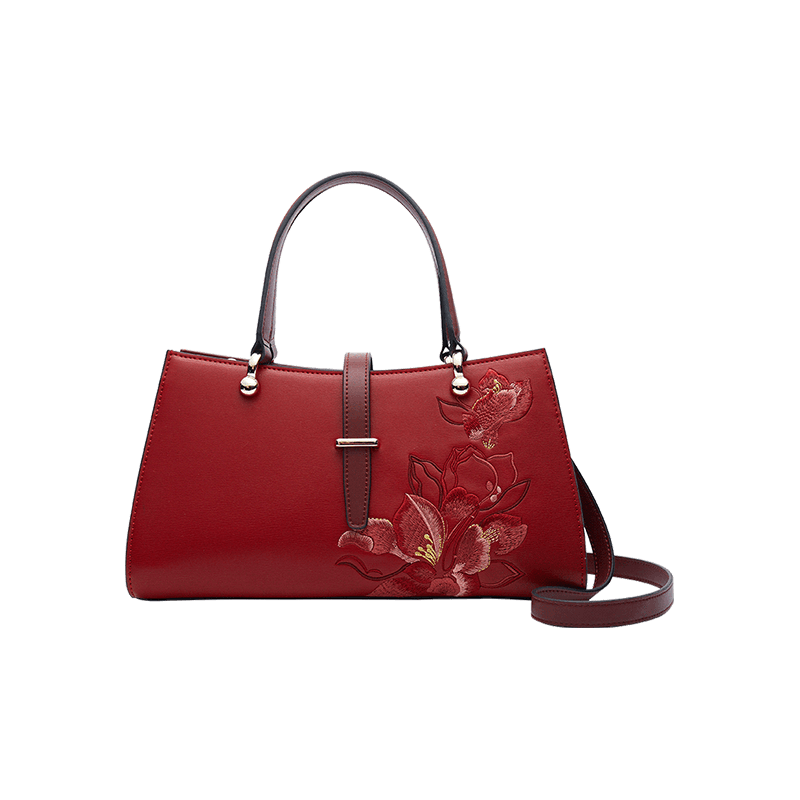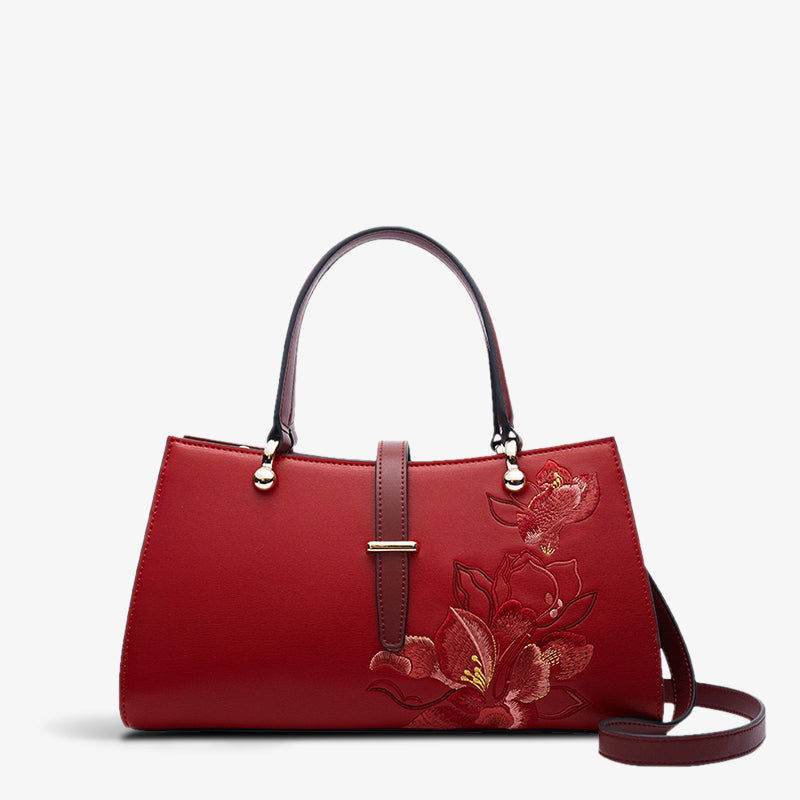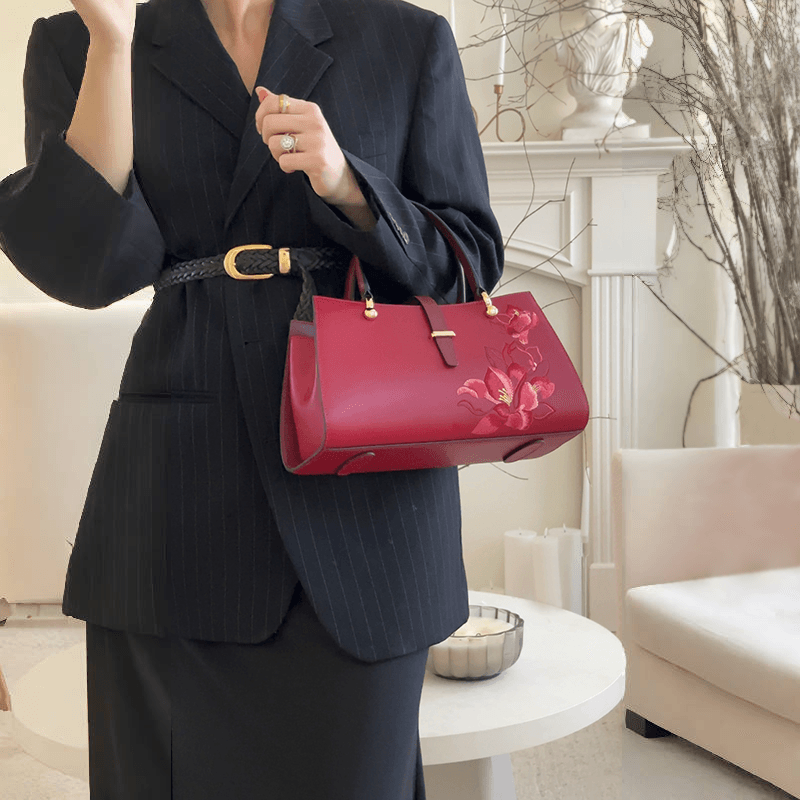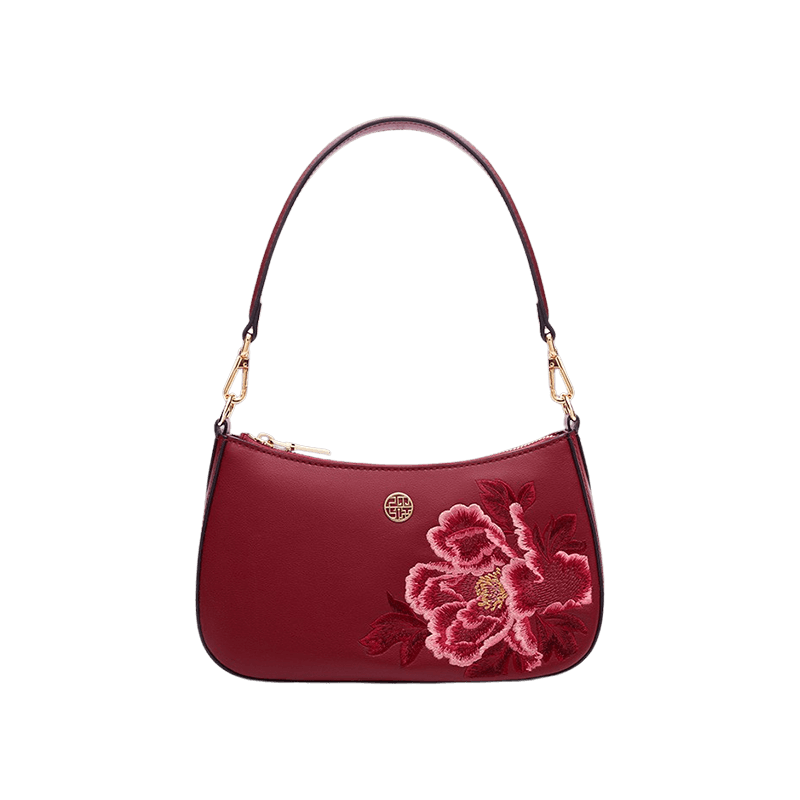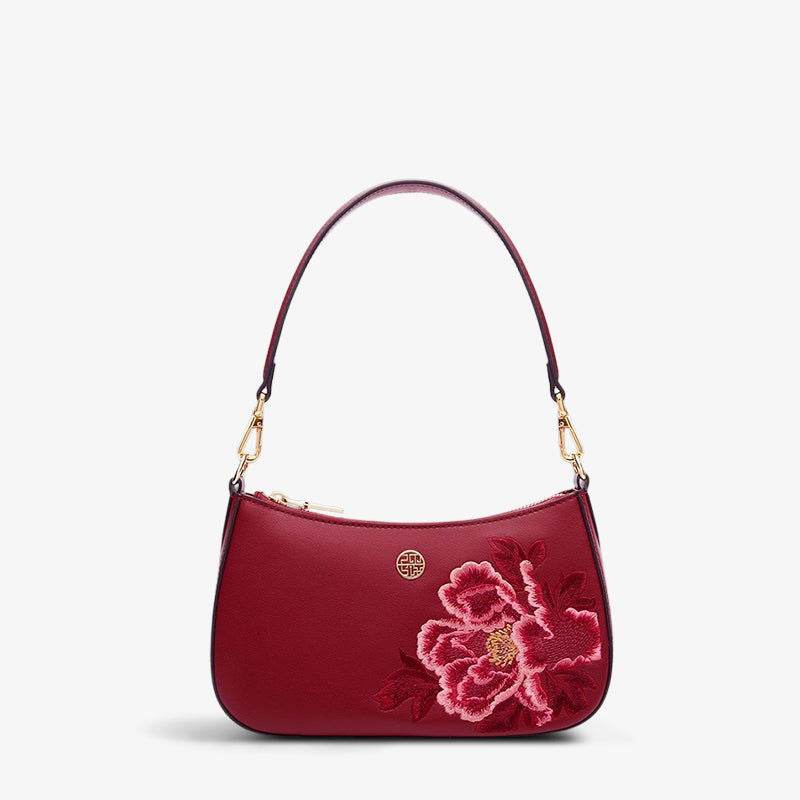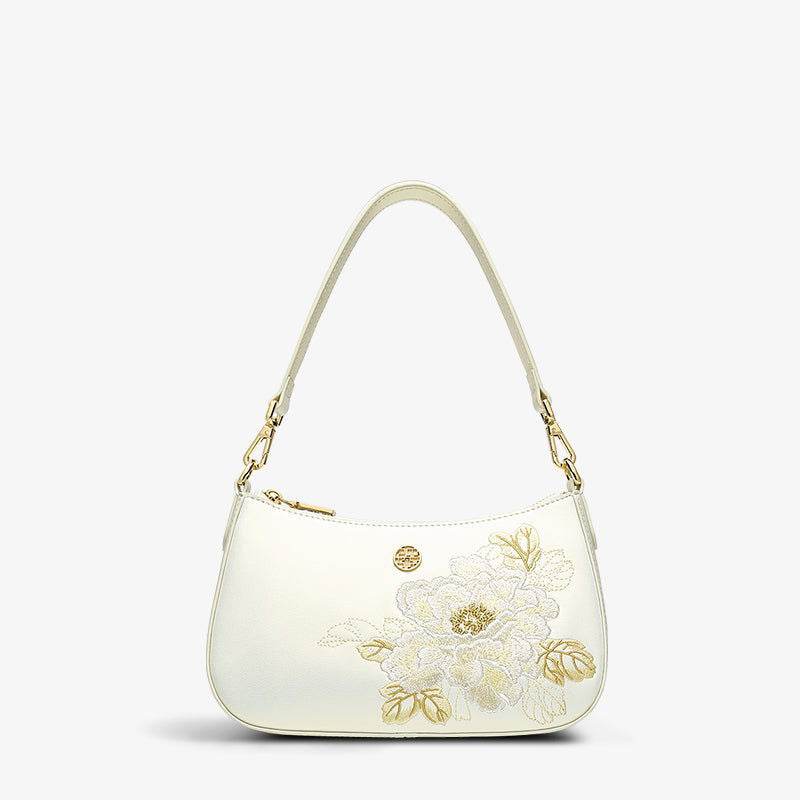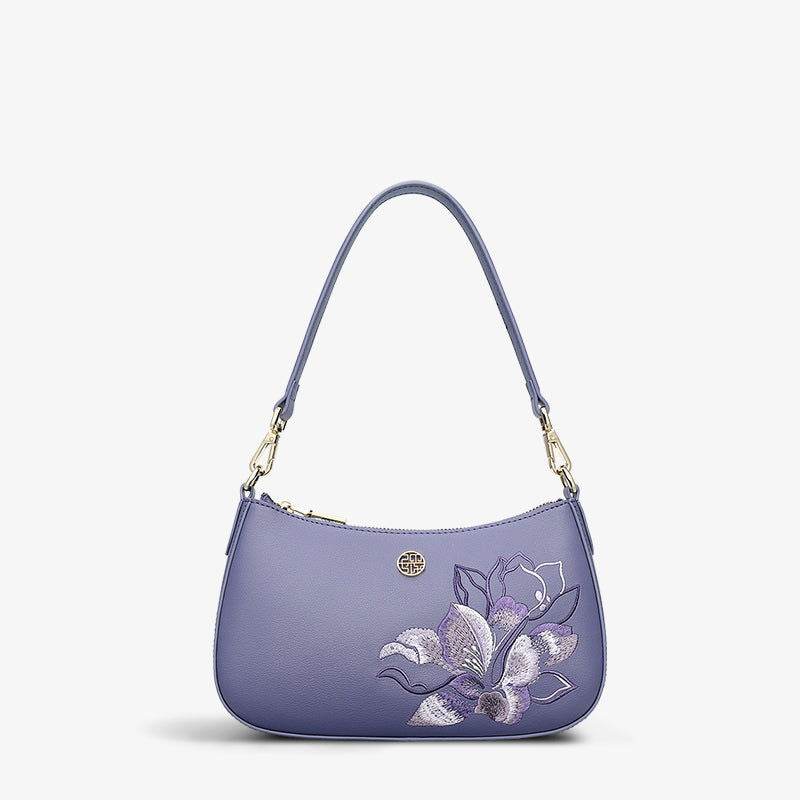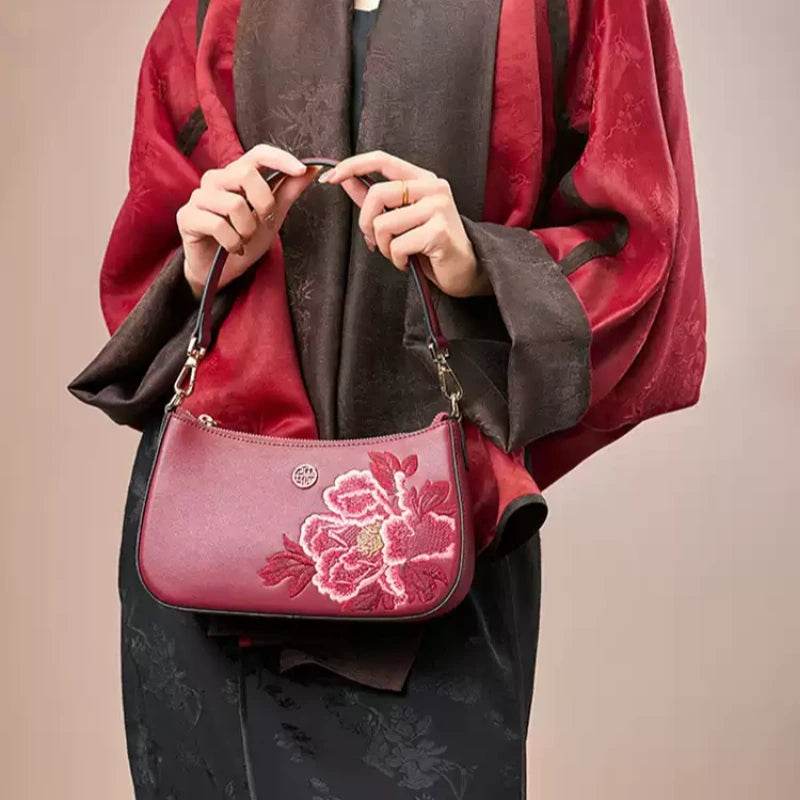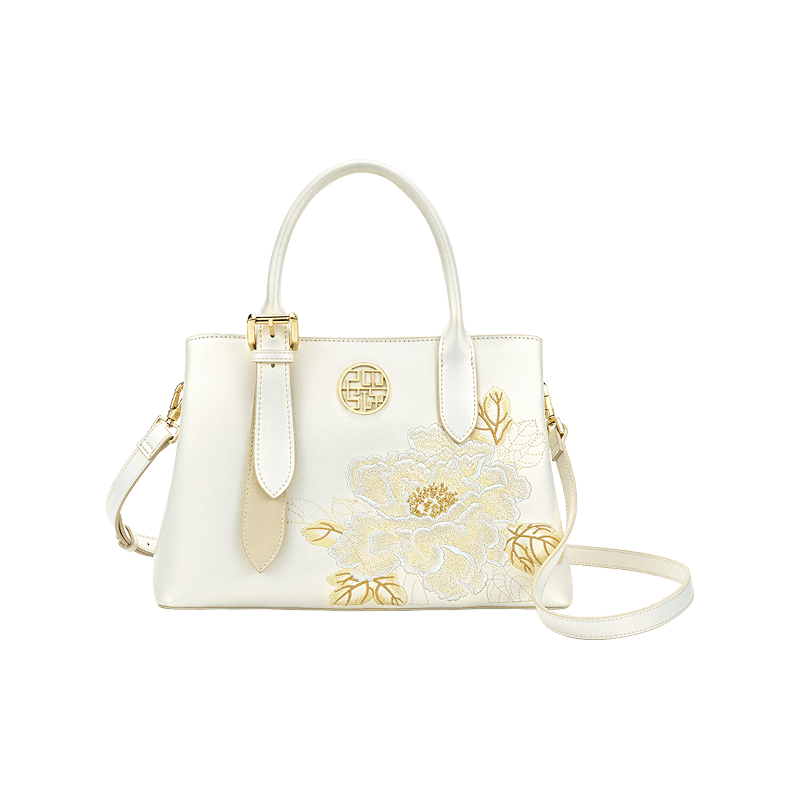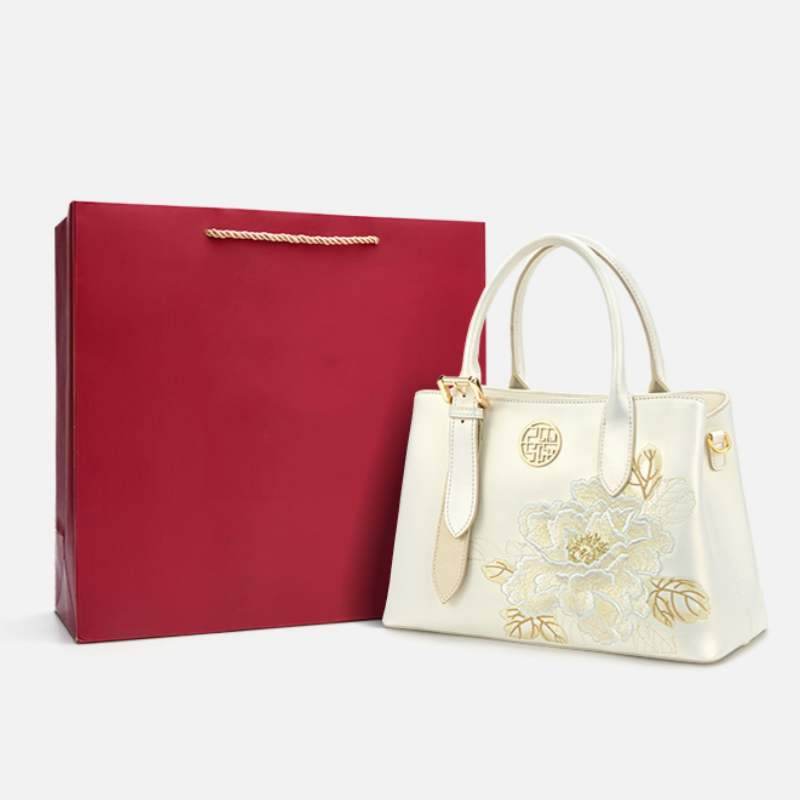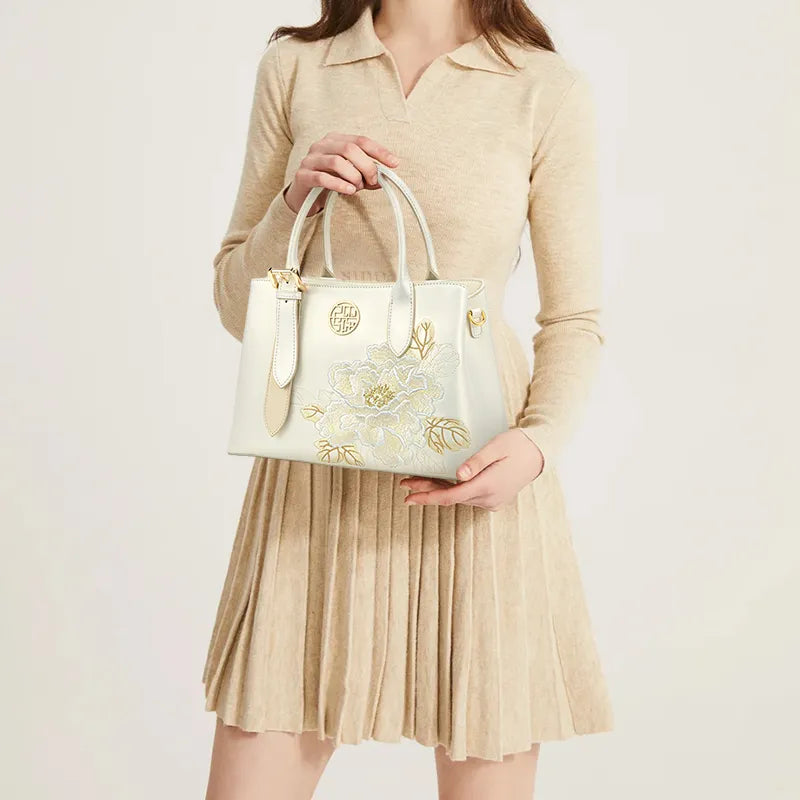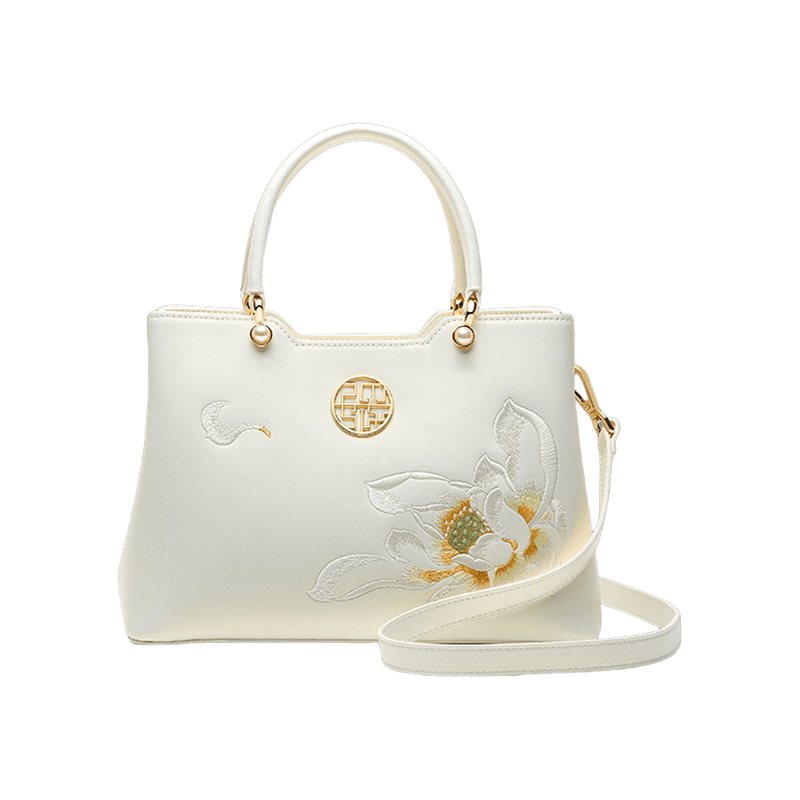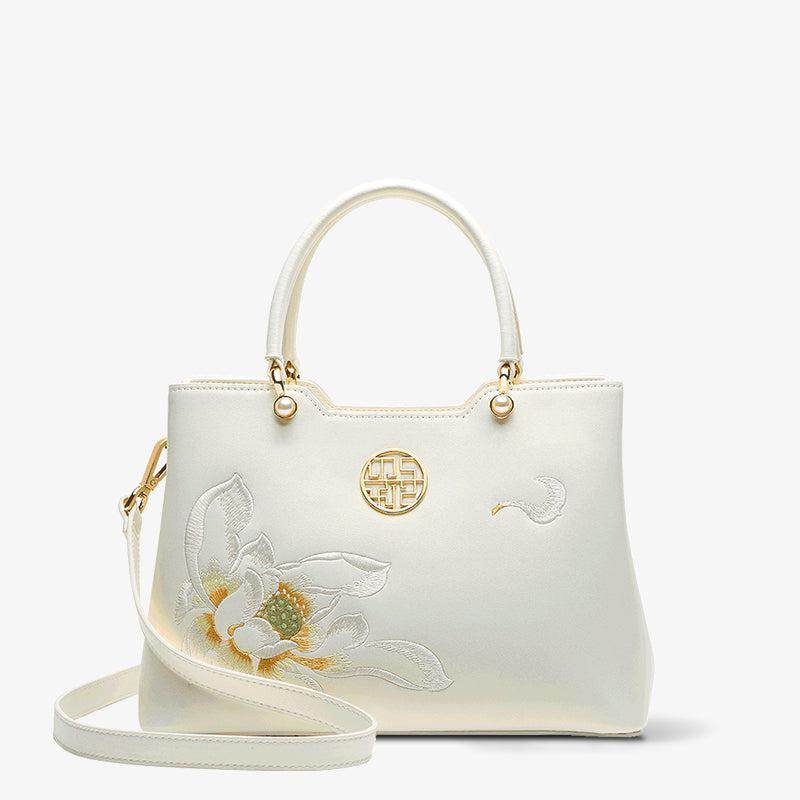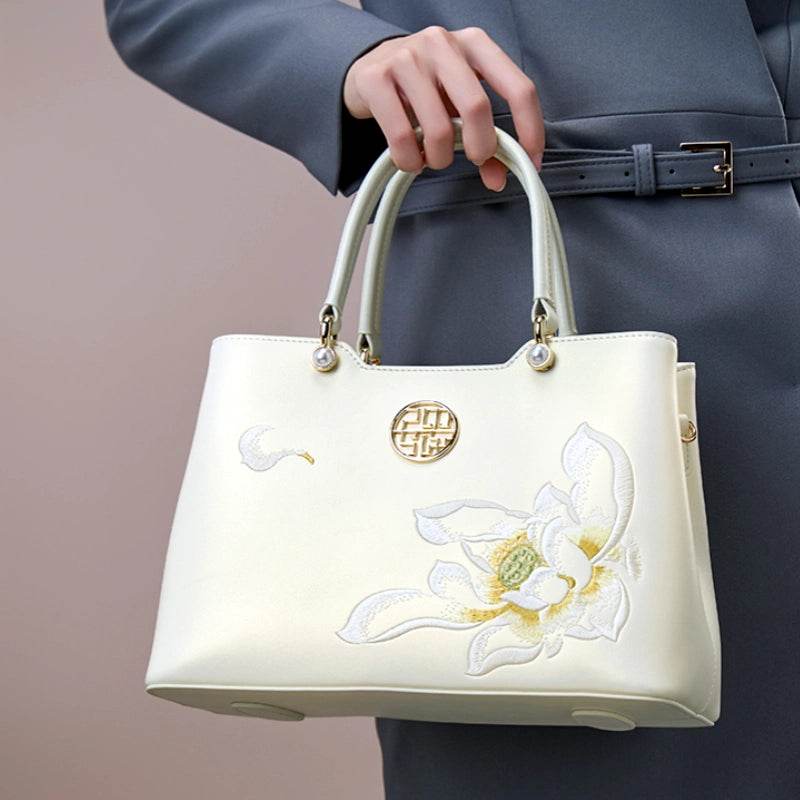The four famous embroideries in China are: Cantonese(Yue) embroidery, Su embroidery, Shu embroidery and Xiang embroidery. Chinese embroidery has a long history, and the four famous embroidery are developed by the Chinese according to the cultural characteristics of different regions and the characteristics of stitching.
Introduction to Chinese Embroidery Art
With a history spanning thousands of years, Chinese embroidery is a treasured traditional craft and a pinnacle of textile artistry. China was the first country to domesticate silkworms and master the art of silk weaving, which gave rise to the exquisite practice of silk embroidery. Among hundreds of regional variations, four styles have achieved unparalleled fame and are celebrated as the "Four Famous Embroideries of China." These are Su Embroidery (苏绣), Xiang Embroidery (湘绣), Yue Embroidery (粤绣), and Shu Embroidery (蜀绣). Each has been designated as a form of National Intangible Cultural Heritage, representing the unique cultural identity and artistic genius of its respective region.
This guide offers an in-depth exploration of each style, detailing their history, defining characteristics, and unique techniques. By the end, you will understand what makes each of these embroidered arts a masterpiece and be able to distinguish between their stunning creations.

Su Embroidery(苏绣) - The Elegance of Jiangnan
History and Origin
Dating back to the Three Kingdoms period (220-280 AD), Su embroidery flourished during the Song Dynasty and reached its peak in the Ming-Qing periods.
Artistic Style & Characteristics
Suzhou Embroidery, also known as "Su Embroidery," is renowned for its exquisite needlework and rich color expression. Su Embroidery is characterized by its beautiful patterns, clever design, meticulous craftsmanship, lively needlework, and elegant colors, with a strong regional flavor.

Technical Characteristics
-
Uses super-fine silk threads (often split to 1/128 of original thickness).
-
Features double-sided stitching with identical patterns on both sides.
-
Typical motifs: landscapes, flowers, birds, and classical paintings.
Common Motifs
"Double-Sided Cat" and "Goldfish" are among the most celebrated Su embroidery pieces.


Xiang Embroidery - The Bold Spirit of Hunan
History and Origin
Originating from Changsha, Hunan Province, with artifacts dating to the Warring States period (475-221 BC).
Artistic Style & Characteristics
Xiang Embroidery is known for its realistic portrayal, skillfully using blank spaces, and featuring a simple and elegant style. Xiang Embroidery creates realistic lions and tigers with strong and straight fur patterns and lifelike eyes, almost resembling the real animals.
Unique Techniques
-
Incorporates traditional Chinese painting techniques.
-
Uses vibrant colored threads with strong contrasts.
-
Special "Hairy stitch" creates realistic fur and feather textures.
Common Motifs
Famous for its tiger motifs, with up to 20 thread colors used just for the eyes.

Yue Embroidery - The Opulence of Lingnan
History and Origin
From Guangdong Province, influenced by overseas trade since the Tang Dynasty. Yue embroidery is a general term for Guangxiu and Chaoxiu.
Artistic Style & Characteristics
Yue Embroidery also known as Cantonese Embroidery, has a tight layout, intricate patterns, and often uses gold and silver threads for gold embroidery, resulting in splendid and dazzling embroidered pieces. Yue Embroidery is commonly used in costumes for performances, wedding dresses, and other festive occasions.

Gold and Silver Thread Work
-
Chaoxiu uses metallic threads extensively, preferred themes: dragons, phoenixes, and auspicious symbols.
-
Guangxiu(Cantonese embroidery) is extremely bold in color, and is good at using contrasting colors to make his works vivid and vivid.
-
Guangxiu(Cantonese embroidery) mostly based on flowers and birds, characters, landscapes, etc., rich in Lingnan characteristics.
Common Motifs
Commonly depicts mythological scenes and Cantonese opera costumes.


Shu Embroidery - The Refinement of Sichuan
History and Origin
With archaeological evidence from the Han Dynasty (206 BC-220 AD), centered in Chengdu.
Artistic Style & Characteristics
Shu Embroidery has concise compositions, featuring traditional ethnic patterns such as grids and floral stripes. It boasts rich and vibrant colors, precise needlework, and a strong sense of three-dimensionality. Shu Embroidery often depicts subjects like flowers, butterflies, koi fish, and pandas.

Stitch Methods
-
Over 120 documented stitching techniques.
-
Characterized by neat, tight stitches.
-
Often uses satin stitches for smooth surfaces.
Common Motifs
Modern Shu embroidery incorporates innovative designs while preserving traditional methods.

Comparative Analysis of the Four Famous Embroideries
| Characteristic | Su Embroidery | Xiang Embroidery | Yue Embroidery | Shu Embroidery |
|---|---|---|---|---|
| Region | Jiangsu | Hunan | Guangdong | Sichuan |
| Key Feature | Delicacy | Bold Colors | Opulence | Precision |
| Typical Threads | Fine silk | Multicolor silk | Gold/silver threads | Thick silk |
| Common Motifs | Nature scenes | Tigers | Mythological | Panda, fish |
How to Identify Authentic Chinese Embroidery
-
Thread Quality: Genuine pieces use pure silk with consistent sheen
-
Backside Inspection: High-quality works have nearly identical reverse sides
-
Stitch Density: 40+ stitches per cm indicates premium work
-
Pattern Complexity: Traditional designs follow classical compositions
Frequently Asked Questions (FAQ)
Q1: Which of the four embroideries is the oldest?
While all four have histories spanning over 2,000 years, Shu embroidery is often cited as one of the most ancient, with records of its fame dating back to the Han Dynasty and earlier.
Q2: What is double-sided embroidery?
Double-sided embroidery is the pinnacle of the Su style. It is a highly complex technique where the artist creates a design on a single piece of sheer silk fabric that is identical on both sides, with all thread ends perfectly concealed.Some masterpieces even feature different images and colors on each side.
Q3: How can I identify authentic Chinese silk embroidery?
High-quality, handmade silk embroidery is distinguished by several factors: the use of fine, lustrous silk threads; incredibly high stitch density; and the neatness of the back of the piece. In premium works like Su embroidery, the reverse side is often as flawless as the front.
Q4: Is it difficult to learn Chinese embroidery?
Yes, mastering Chinese embroidery is an art that requires immense patience, precision, and years of dedicated practice. Techniques like splitting a single silk thread into multiple strands or mastering hundreds of different stitches are skills that take artisans a lifetime to perfect.
Q5: Where to buy authentic Four Famous Embroideries?
Reputable sources include government-certified craft centers, established galleries, and authorized cultural heritage shops.
